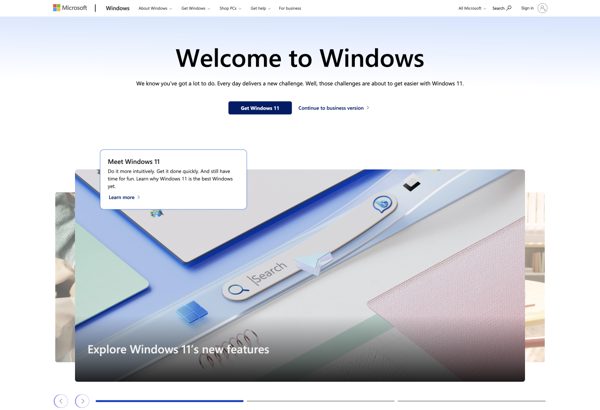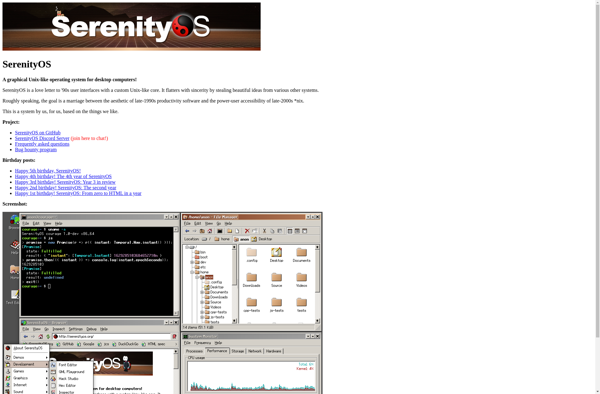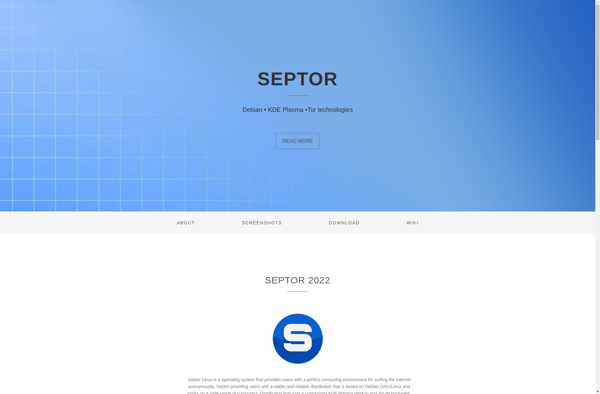AlmaLinux

AlmaLinux: Community-Led, Stable & Secure Linux Distribution
A lightweight Linux distribution based on Red Hat Enterprise Linux (RHEL), offering long-term stability and security updates, replacing CentOS and Scientific Linux.
What is AlmaLinux?
AlmaLinux is a 1:1 binary compatible fork of RHEL, sponsored by CloudLinux. It was created in response to Red Hat's decision to discontinue the CentOS platform that many businesses relied on. AlmaLinux aims to fill the gap left by CentOS and serve as a free, community-driven alternative to RHEL.
Some key things to know about AlmaLinux:
- 100% binary compatible with RHEL so applications and tools like SELinux and cgroups run seamlessly
- Backed by a non-profit organization focused solely on keeping AlmaLinux stable, secure and up-to-date
- Fast security updates within 72 hours or less for high priority CVEs
- 10-year support lifecycle guarantee on major versions
- Large ecosystem of ISVs and partners supporting AlmaLinux
- Centralized Build System for transparency into the build process
- Supports all major architectures including x86_64, ARM64 and Power
With its commitment to stability and long term support, AlmaLinux is well-suited for enterprises and organizations running mission-critical production workloads. The 1:1 compatibility makes migrating CentOS or Scientific Linux workloads to AlmaLinux practically seamless.
AlmaLinux Features
Features
- Based on RHEL source code
- Binary compatible with RHEL
- Long-term support
- Enterprise-grade security
- Extensive repository of packages
- Supports major architectures like x86_64, ARM64, PowerPC64
- Centralized management and automation
- Built-in virtualization support
- SELinux enabled by default
Pricing
- Open Source
Pros
Cons
Official Links
Reviews & Ratings
Login to ReviewThe Best AlmaLinux Alternatives
Top Os & Utilities and Linux Distributions and other similar apps like AlmaLinux
Here are some alternatives to AlmaLinux:
Suggest an alternative ❐Windows 10

Windows 11

MacOS

Linux Mint

Zorin OS

Raspberry Pi OS

Manjaro Linux

RisiOS

Kubuntu

NixOS

Wubuntu

Xubuntu

Serenity OS

BlackBerry QNX

Septor

GeckoLinux

Pisi Linux

HardenedBSD

Stella GNU/Linux Distro

ULinux

NeXTSTEP
